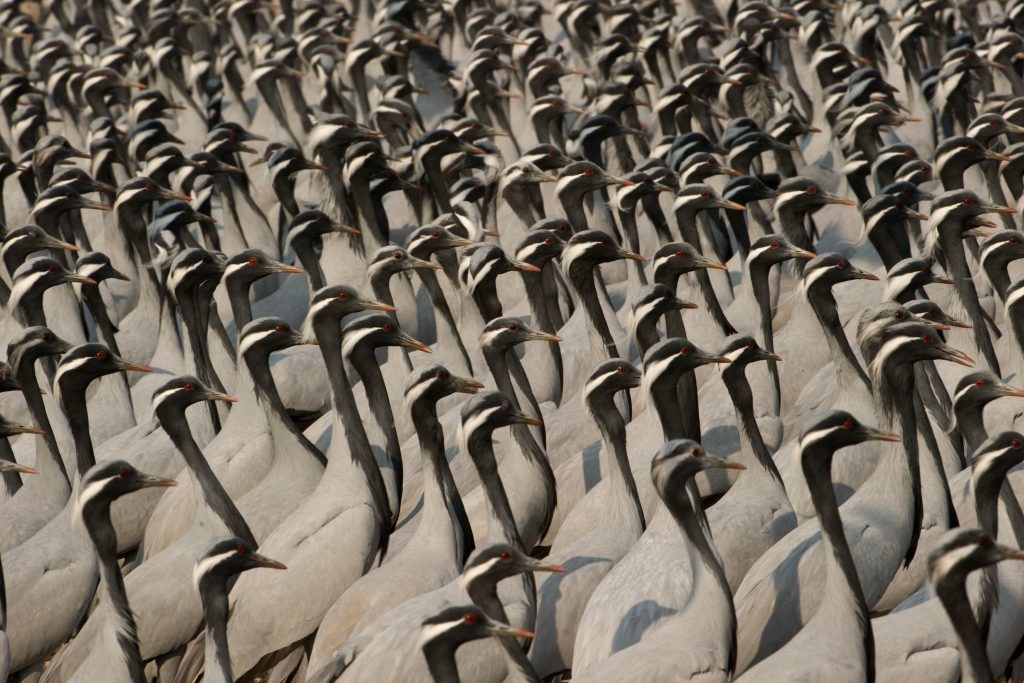
Birds
Principal Investigator:
Dr. Suhel Quader (Nature Conservation Foundation)
Co-Investigators:
Dr. Advait Edgaonkar (Indian Institute of Forest Management)
Dr. Ramana Athreya (Indian Institute of Science Education and Research, Pune)
Dr. Robin Vijayan (Indian Institute of Science Education and Research, Tirupati)
Dr. Shirish Manchi (Salim Ali Centre for Ornithology and Natural History)
Dr. Suresh Kumar (Wildlife Institute of India)
Dr. Sutirtha Dutta (Wildlife Institute of India)
Dr. Umesh Srinivasan (Centre for Ecological Sciences)
Staff:
Dr. Priti Bangal (Nature Conservation Foundation)
Mr. Harikrishnan C. P. (Salim Ali Centre for Ornithology and Natural History)
Mr. Viral Joshi (Indian Institute of Science Education and Research, Tirupati)
Long-term information on bird communities, populations, demography, movements, and long-distance migration has been used in many parts of the world to gain detailed information on the effects of climate and habitat change. Birds are ubiquitous, easily identifiable, and high in the food chain, making them excellent indicators of environmental change. We will take a coarse to – fine-scale approach to monitoring bird populations and communities across all landscapes.
Grids will be set up for rapid surveys and assessments of bird populations based on semi-structured data collection methods like timed checklists at the largest scale. At a finer scale, permanent line transects or fixed-point counts will be established for getting densities and abundances of birds. At the finest scale, demographic processes will be monitored to understand the influence of survival and reproduction on population outcomes. This will be done by establishing permanent plots at each LTEO site, within which mist-netting and ringing will be carried out during defined periods. Analyzing this data using robust spatially explicit capture-recapture techniques makes it possible to estimate population densities, survival rates, and reproductive rates. Measuring the latter two vital rates is crucial if one is to understand the causes of population change over time.
